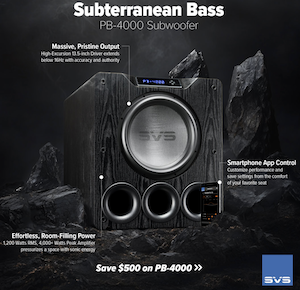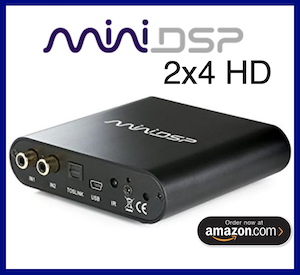Jadwiga Karska
Registered
Thread Starter
- Joined
- Dec 28, 2018
- Posts
- 2
Sorry for maybe stupid question but I could't find any answer for my problem.
I'd like to measure reverberation time of the room based on the recording with talking few people (no test signal has been done, just a recorded conversation).
Is it possible?
Any suggestions are welcome.
Thanx
I'd like to measure reverberation time of the room based on the recording with talking few people (no test signal has been done, just a recorded conversation).
Is it possible?
Any suggestions are welcome.
Thanx












